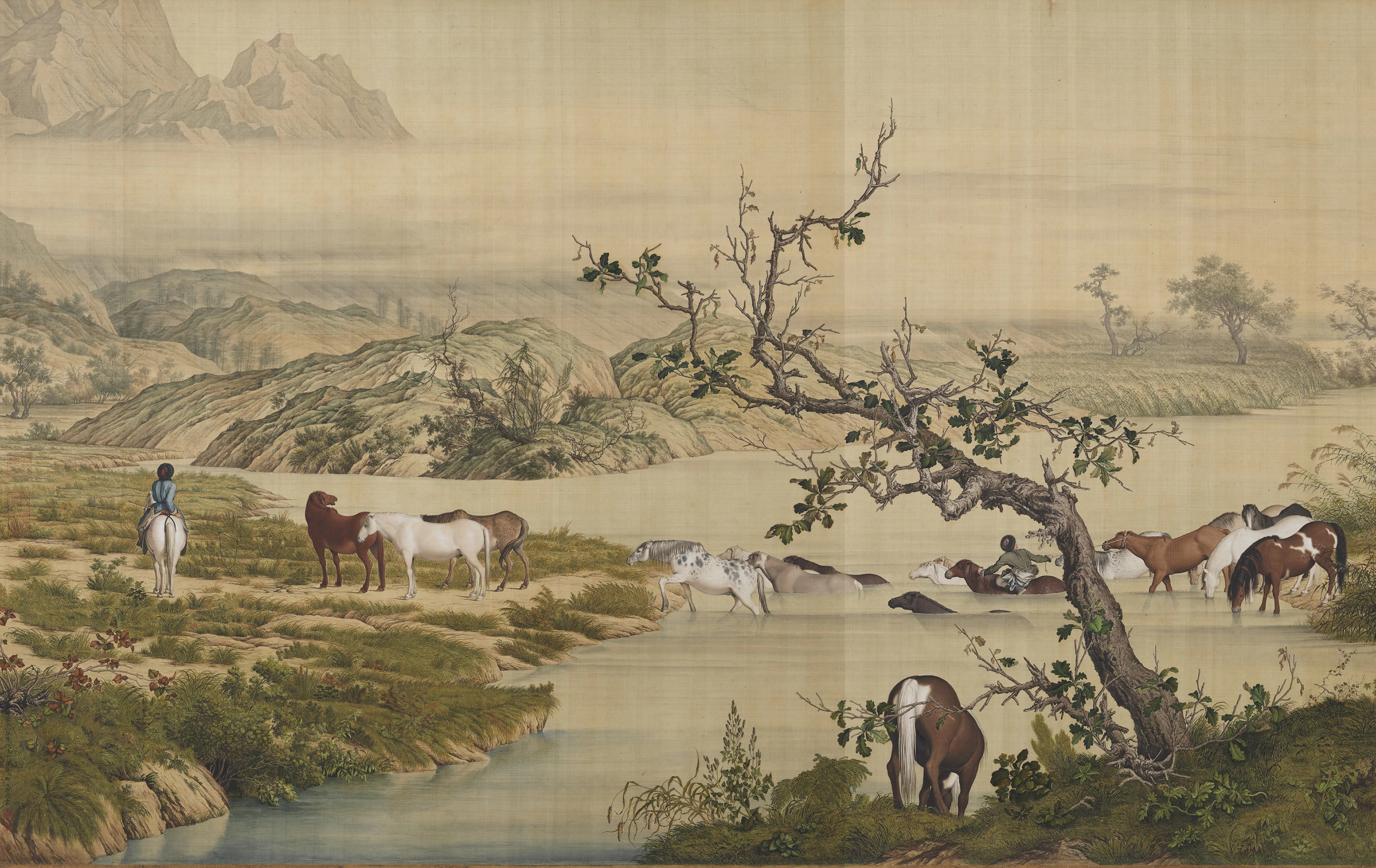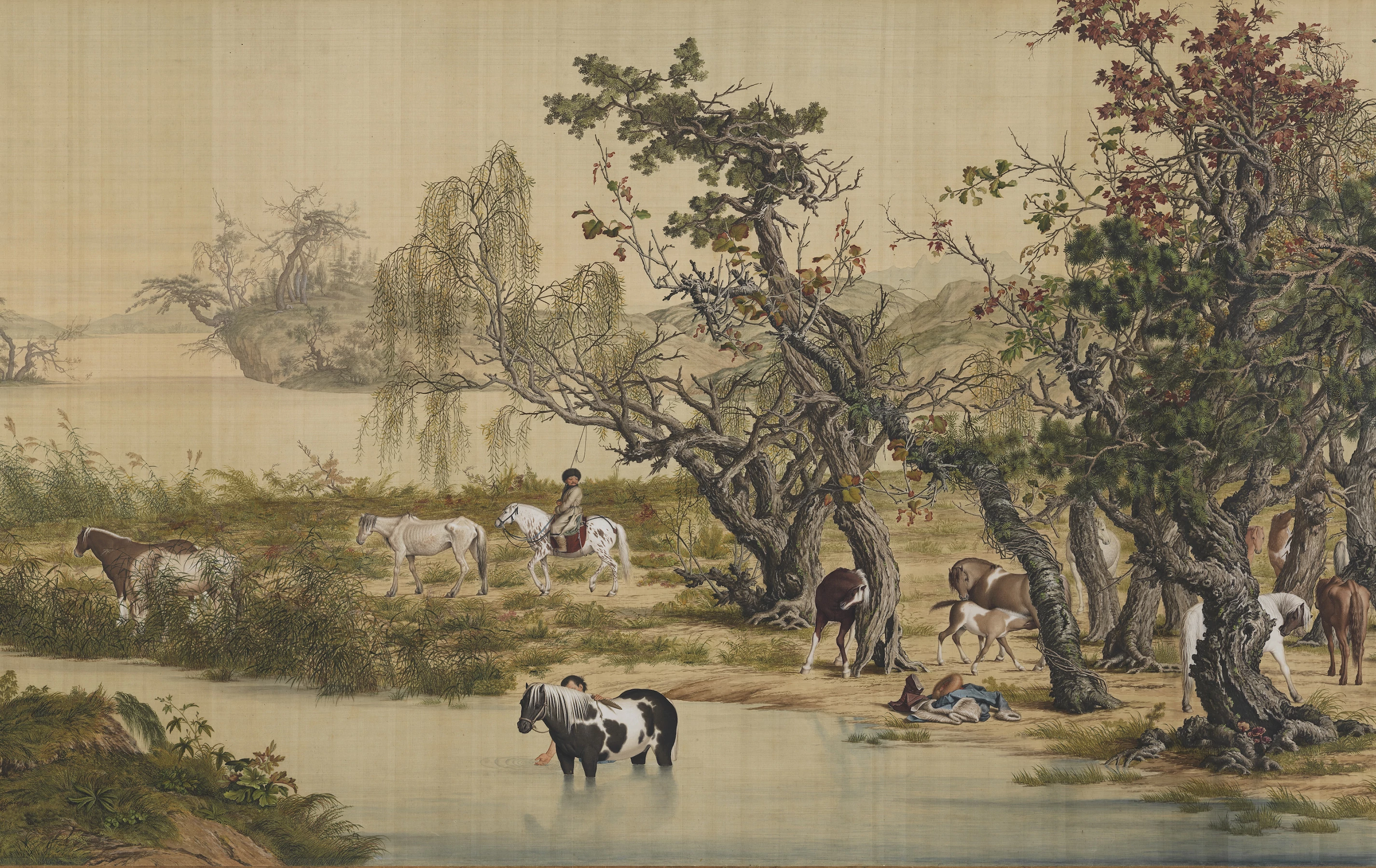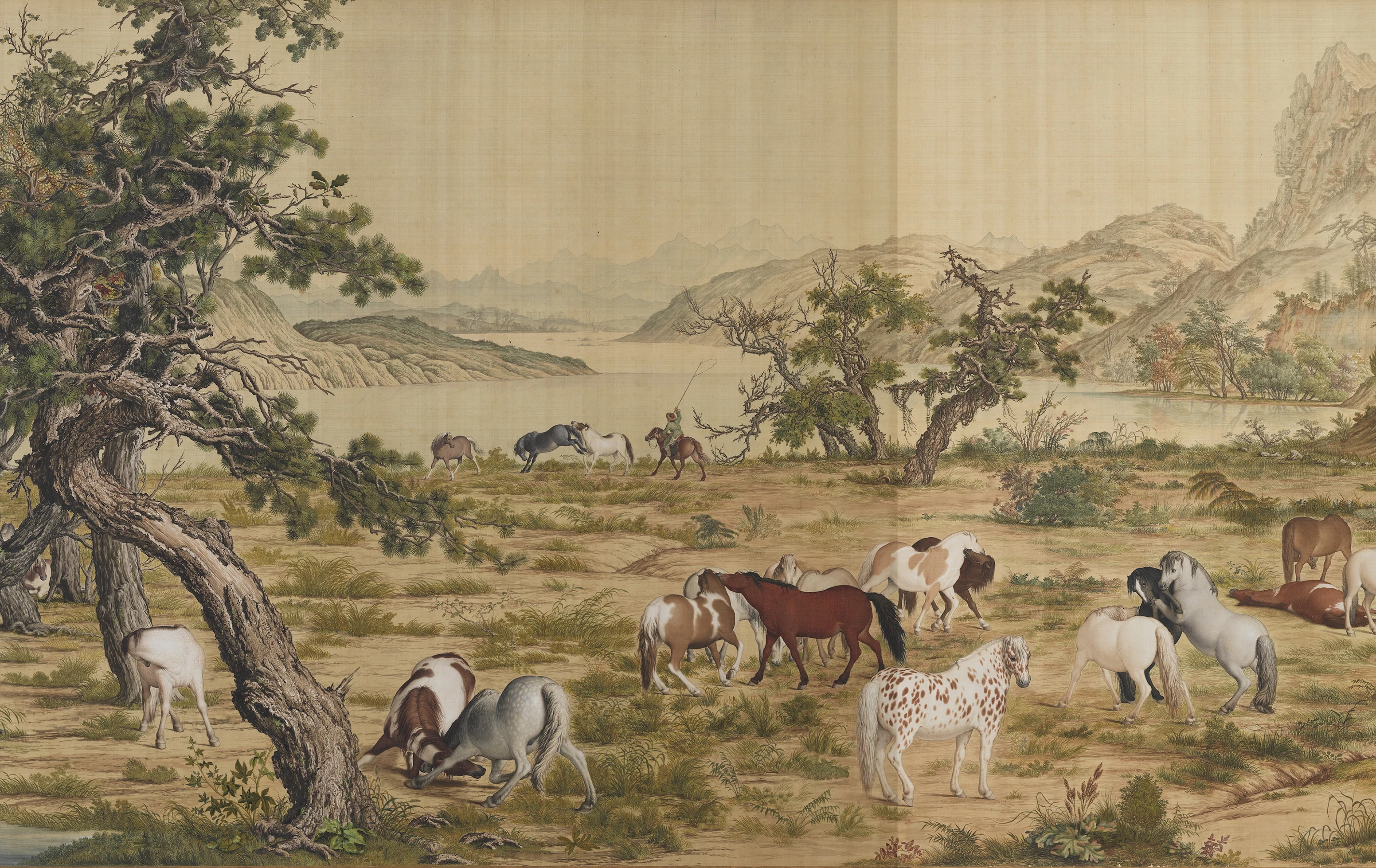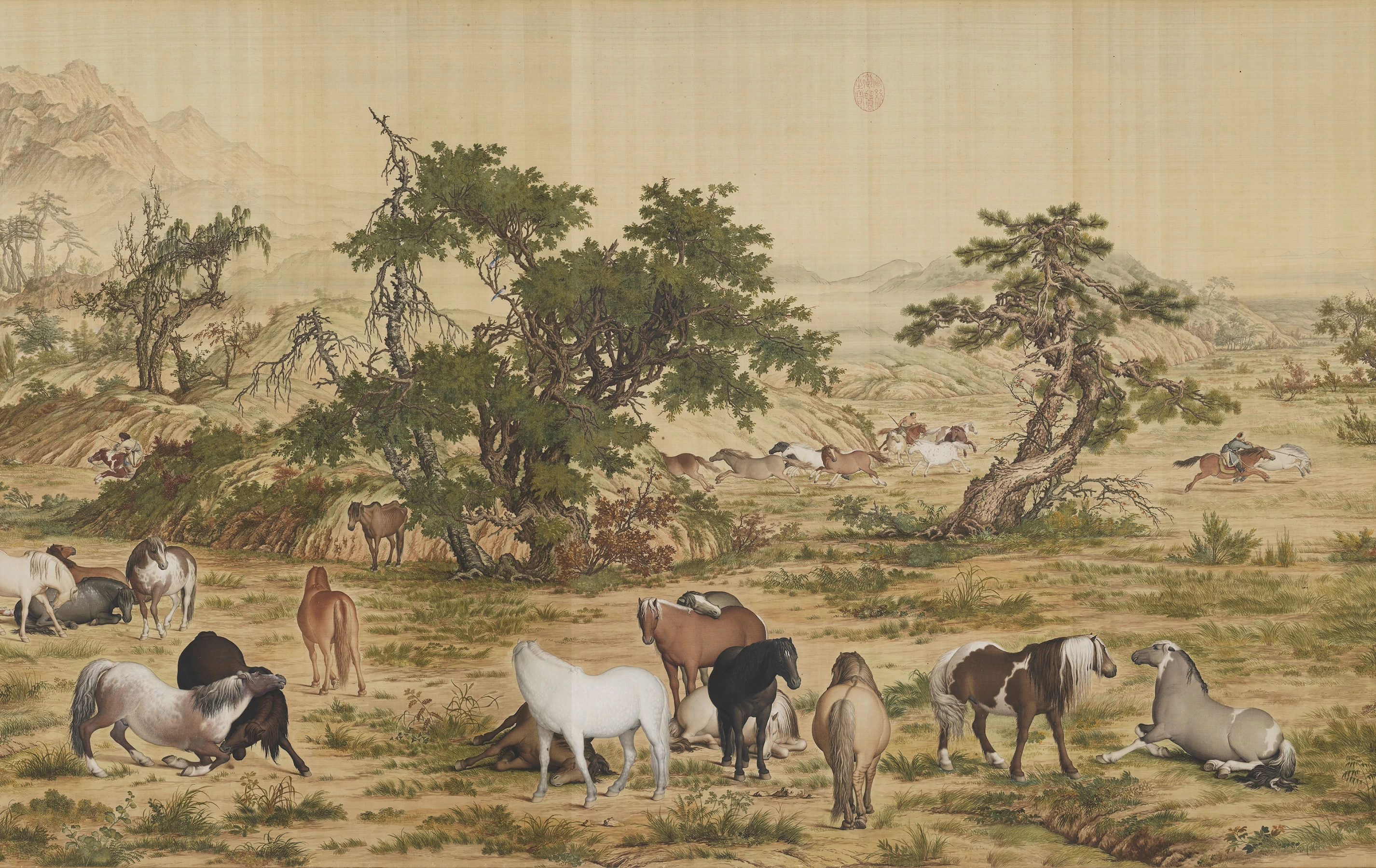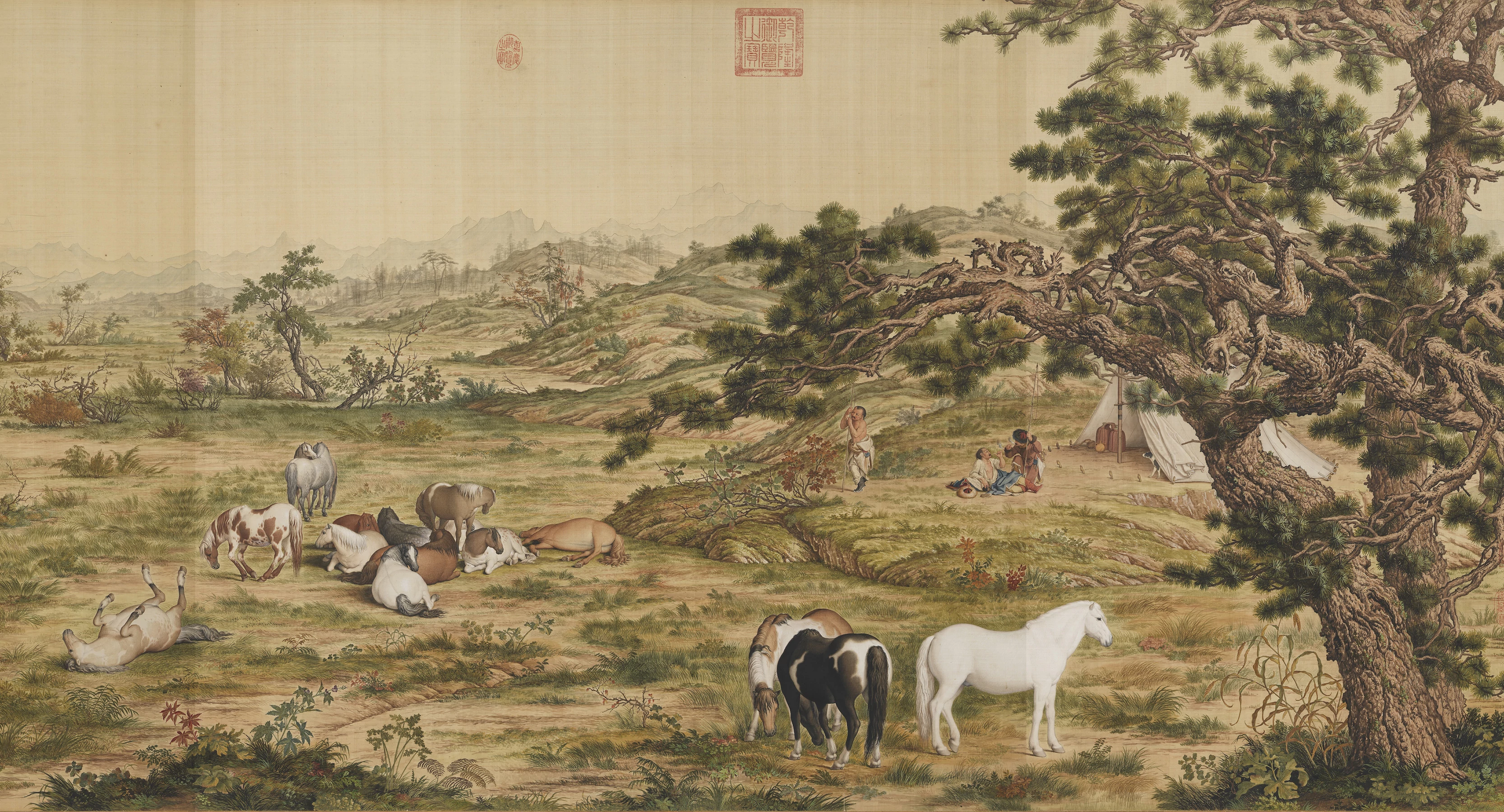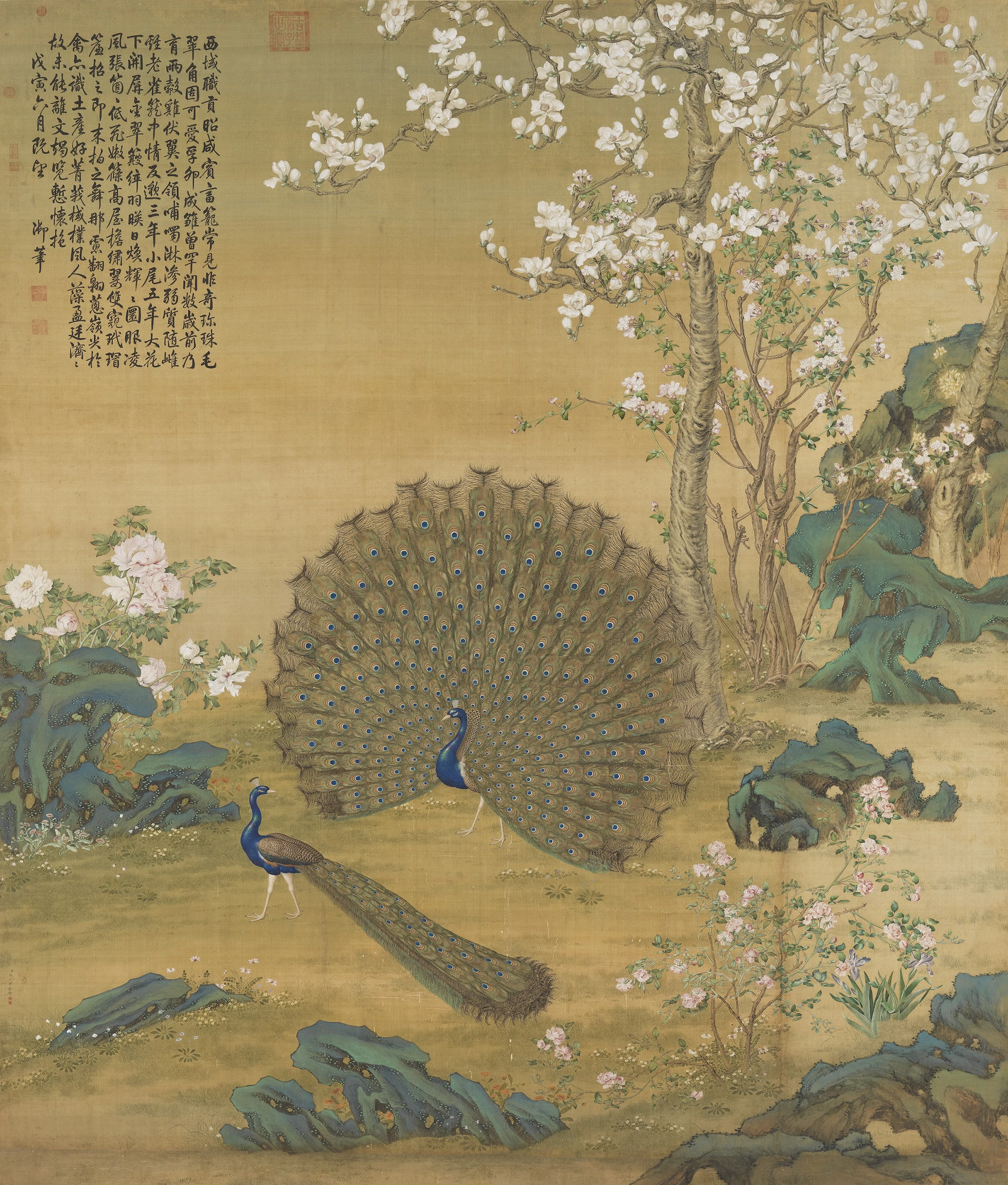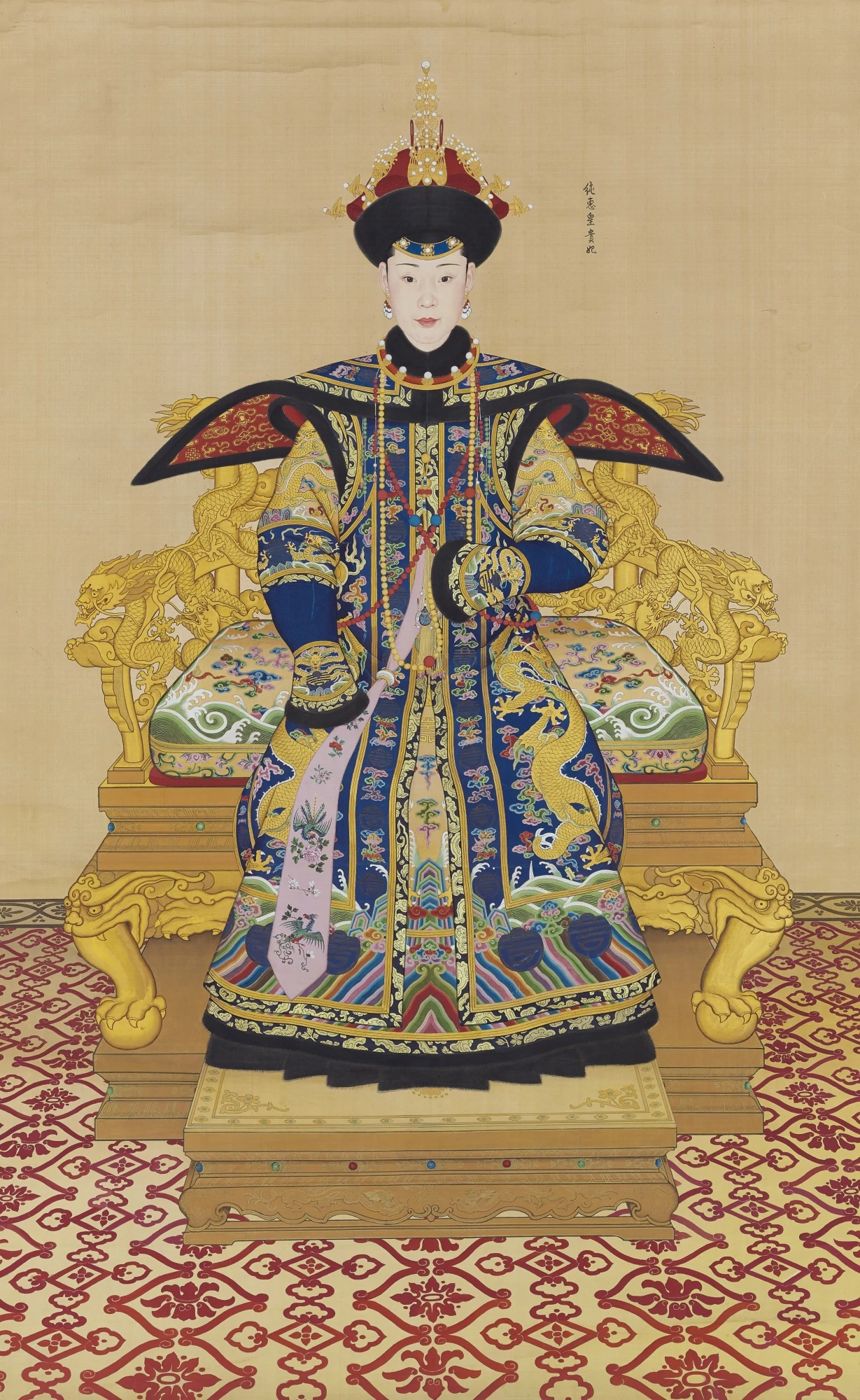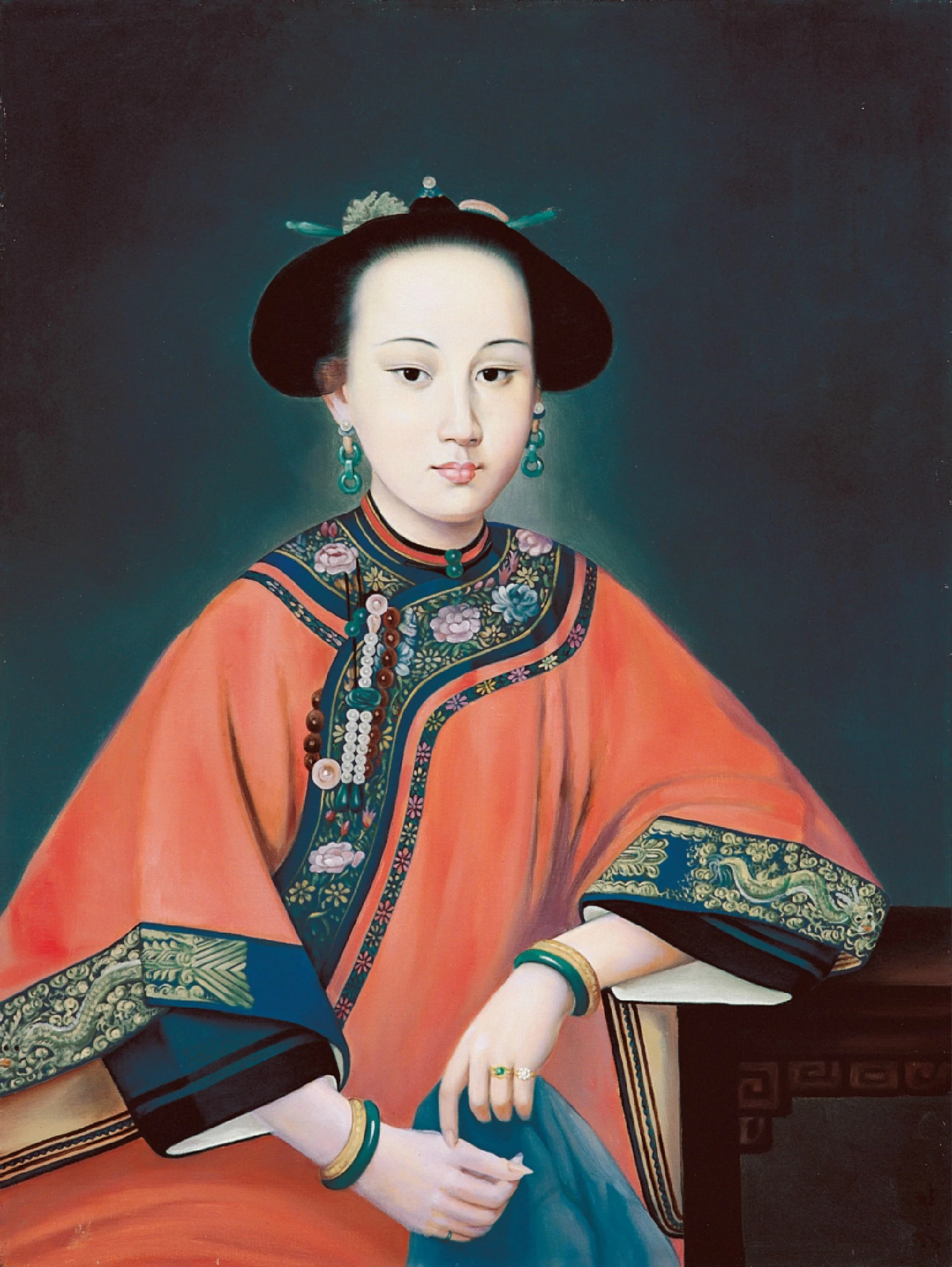Giuseppe Castiglione was 26 when he stepped off a trading ship from Lisbon into the docks of the Chinese port city of Guangzhou. It was 1714, and trade with China was just beginning. The young man was a Jesuit missionary and a painter, sent from his home in Italy to bring Jesus to the people of China. News of his arrival was sent to the Emperor Kangxi, in Beijing, who summoned Castiglione to the royal palace. We don’t know what the emperor thought of Jesus, but he sure liked Castiglione’s painting.
Giuseppe Castiglione spent the rest of his life in the courts of the Qing Dynasty, growing close with three different emperors, Kangxi, Yongzheng, and finally Qianlong, documenting their military successes, their favorite horses, and their families. Castiglione also took on a new name, Lang Shi’ning, and fused eastern and western painting styles. His paintings were prized by the emperors, who often added poems in their own calligraphy to the work. Late in his life, emperor Qianlong inscribed a hanging scroll titled Spring’s Peaceful Message with this note: “In portraiture Shi’ning is masterful. He painted me during my younger days; the white-headed one who enters the room today does not recognize who this is.”

